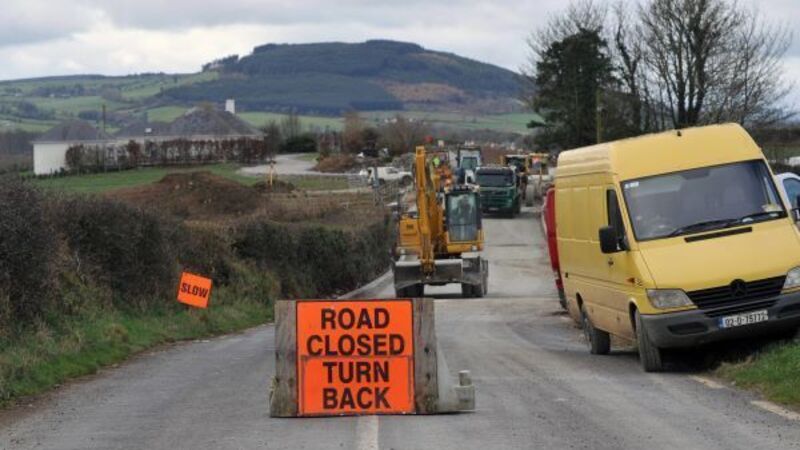Here is a breakdown of the percentage of roads in each county that need repairs

Almost a fifth of the country’s network of regional roads is in need of major structural repair.
A new report commissioned by the Department of Transport has highlighted how 19% of more than 13,000km of main non-national roads were classified as requiring “structural rehabilitation” while 0.5% need complete reconstruction.













